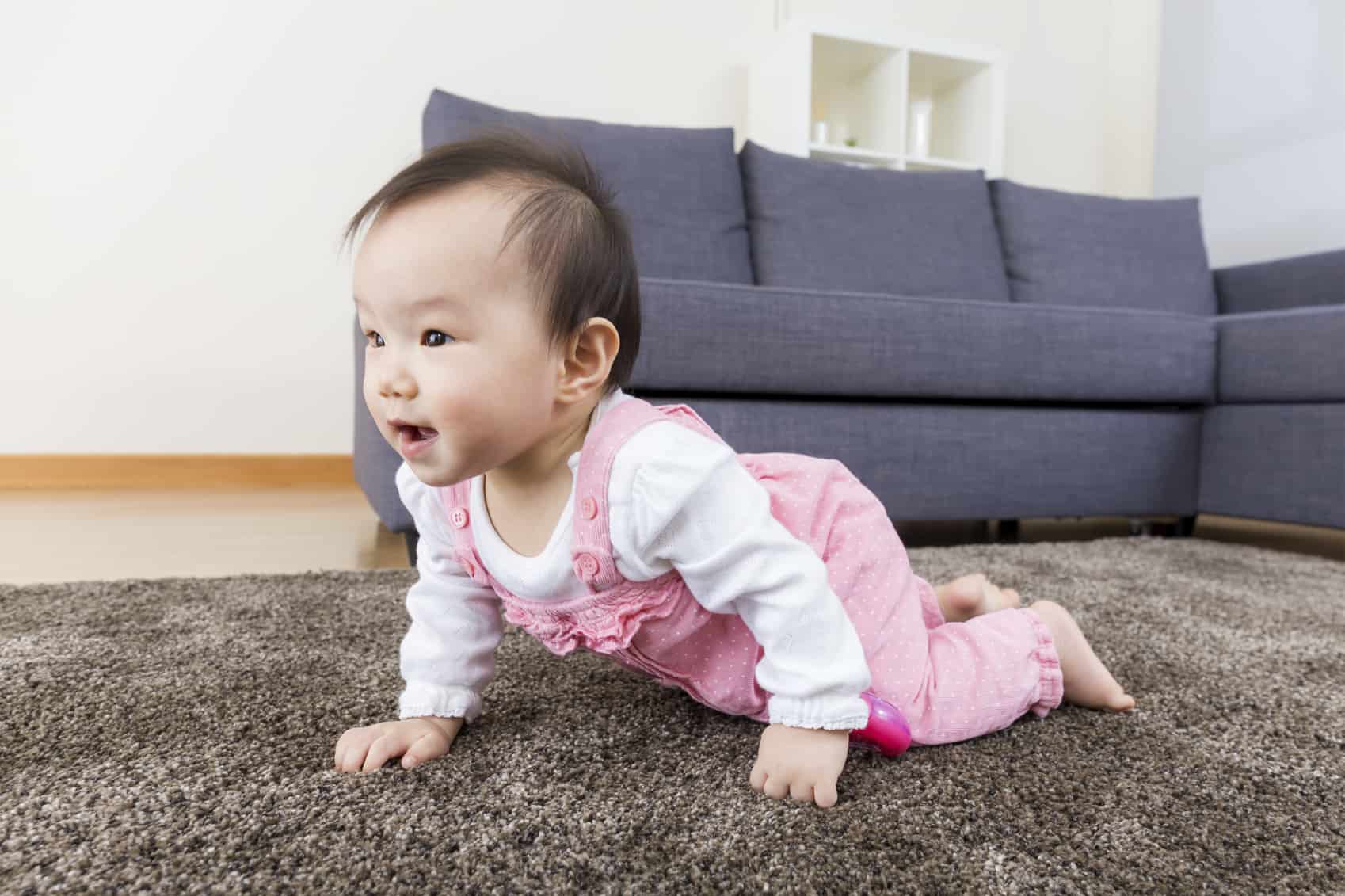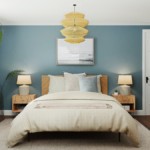
Baby proofing (or childproofing) is all about avoiding preventable accidents and minimizing the risk of injury to your child. You don’t need any fancy gadgets or high-tech devices. As a matter of fact, most of the items you will need are very inexpensive and easy to find. Just follow these 12 tips to baby proof your home.
1. Don’t Wait to Get Started
Waiting until the last minute can be stressful! One of the easiest ways to save money on your baby proofing project is to get started early. You want to have plenty of time to do your research and find the best deals.
2. Place the Crib in a Safe Area
You should carefully choose the location of the baby’s crib. All window treatments, electrical cords and loose strings should be kept as far away as possible. You even have to be careful leaving the cord of the baby monitor too close to the crib.
3. Lock Cupboards and Cabinets
Many people store cleaning supplies, medications, detergents and other household products under the kitchen or bathroom sink. Unfortunately, these are the easiest cabinets for your child to access. Make sure to relocate these products to a higher cabinet or lock them up with the appropriate safety latches.
4. Cover Sharp Corners
Although you may not realize it now, your home is filled with sharp corners. Everything from the edge of your coffee table to the corner of your fireplace can be a potential safety hazard. To protect your child, these corners should be covered with foam cushions. Corner guards or cushions can be purchased in multi-packs from many local stores.
5. Install Toilet Locks
The water in your toilet bowl can be a serious drowning hazard. For less than $10, you can purchase a toilet lock that keeps the seat in the down position at all times. When an adult needs to use the restroom, they will be able to remove the lock with relative ease. Before purchasing the lock, make sure that it is compatible with the size and shape of your current toilet seat.
6. Protect electrical outlets
It’s important to keep your child’s tiny fingers away from the electrical outlets in your home. You can purchase plastic covers that fit snugly into each outlet. However, these small, plastic pieces can become a serious choking hazard if they fall out.
For a more permanent solution, replace your existing wall plates with sliding outlet covers. When you remove a plug from the outlet, the built-in cover will automatically slide back into place. You can purchase and install them yourself with a few basic tools. There’s typically no need to hire an electrician.
7. Think About General Home Safety
Before your baby comes home from the hospital, you should make sure that your home is safe for everybody. This might include replacing the batteries in your smoke detectors, buying additional fire extinguishers or installing a carbon monoxide detector. If you don’t have a security system already, you may also consider installing video surveillance cameras or a burglar alarm system. You can learn what options are available by contacting a few local home security companies.
8. Hide All Small Objects
The easiest way to spot many of the choking hazards in your home is by crawling around on the floor. By getting low to the ground, you will be able temporarily understand your child’s point of view. Coins, marbles, game pieces and any other little trinkets will all need to be picked up off the floor. You will also want to relocate anything that can be easily broken or damaged by small, curious hands.
9. Restrict Access to Hazardous Areas
One of the most important items on your baby proofing checklist should be restricting access to the most dangerous areas of your home. This can be as easy as locking doors and creating gated play areas. All stairs should be blocked off with wall-mounted baby gates. Your fireplace may also need to be gated off to help prevent accidental injuries. In most cases, you can install these gates yourself without professional assistance.
10. Wind up Wires and Cords
Don’t leave any electrical cords or wires on the ground. These should be wrapped up and stowed away. If your child were to get a hold of any of these wires, they could also bring down the DVD player or TV that is attached to them.
If you have window blinds or shades with long strings, use cord wind-ups to keep the strings off the ground, minimizing the risk of strangulation. If you are thinking about replacing your existing window treatments, choose cordless options when possible.
11. Secure Furniture and Appliances in Place
Bookcases, shelves and dressers should be anchored to the wall with furniture straps. The safety straps are designed to prevent big furniture pieces from toppling over. Paintings, mirrors and other wall-mounted items should also be attached to the wall with mounting brackets or security hangers.
12. Ask for Help (If You Need It)
If you start feeling overwhelmed, there is no shame in asking for a little help. If you’re looking for some professional guidance, hiring a baby proofing consultant is a great place to start. They will help you identify hazards and they can recommend practical (and affordable) solutions.



























 United States
United States Canada
Canada